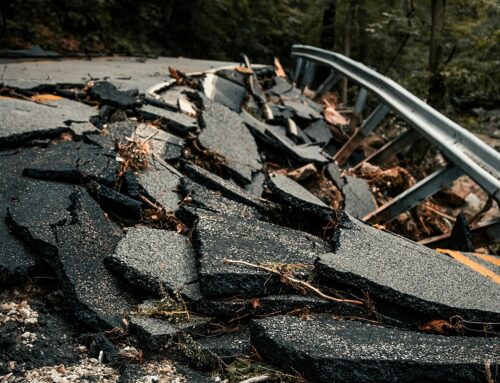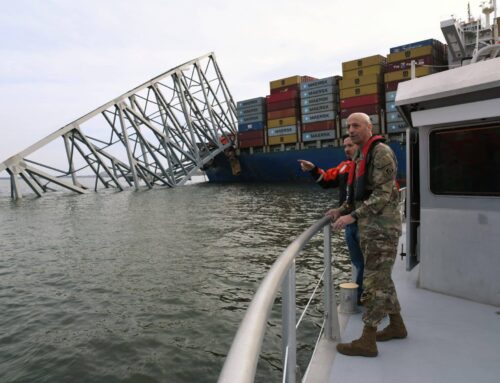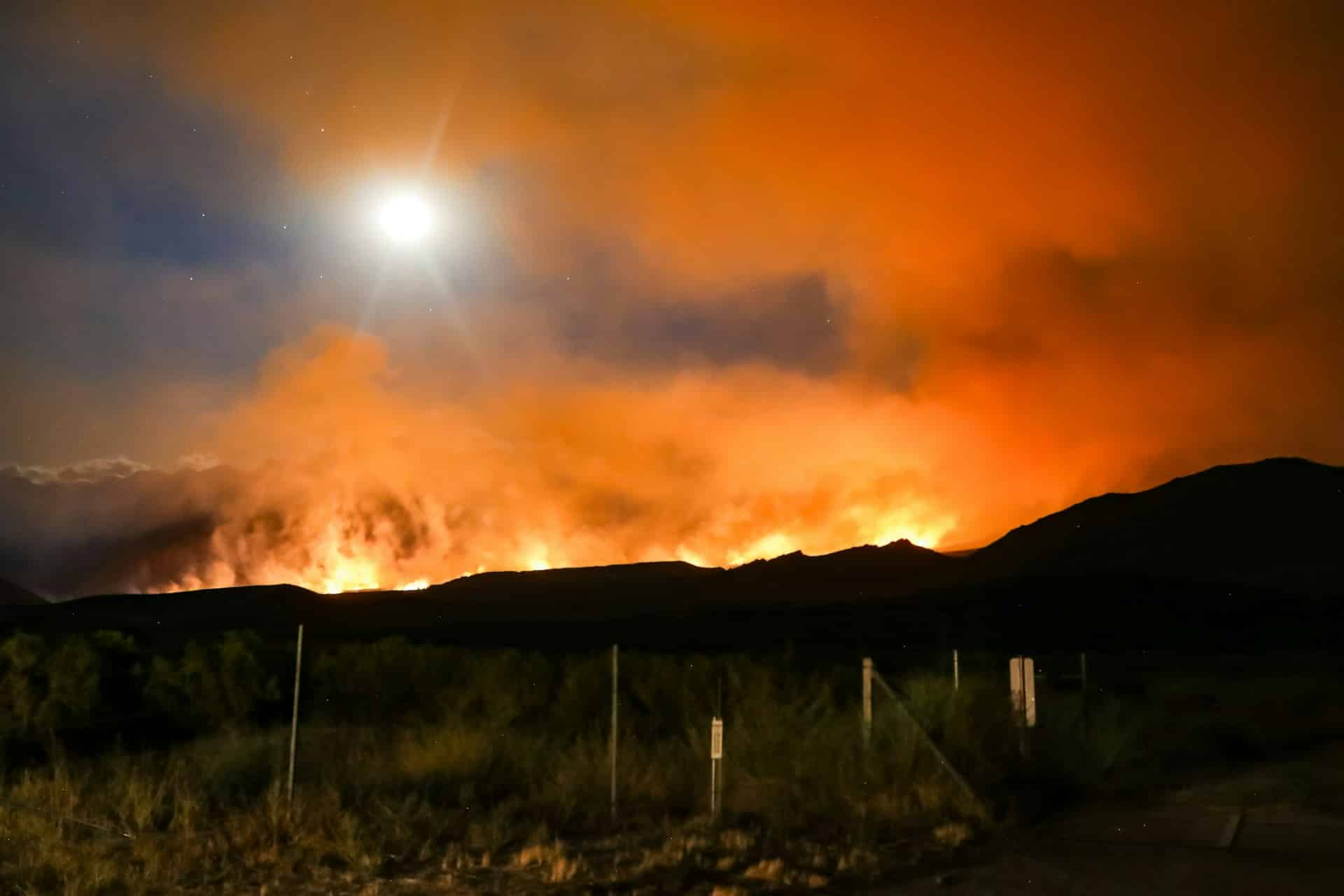XVIII No. 43
What a difference a year doesn’t make.
In late January, three months after Superstorm Sandy slammed into the east coast, Congress passed the $60 billion emergency sandy supplemental, H.R. 152, appropriating $50.3 billion for relief and reconstruction efforts and adding $9.7 billion to cover flood insurance claims. Passage came after months filled with policymakers pointing to the plight of residents hit hard by the storm and the need to quickly pass the legislation in order to prepare for the next big one. Yet, as TCS noted at the time, the final bill contained a number of provisions directing money to areas unaffected by Sandy or to projects that should have been funded through the normal appropriations process. Now that we’re days away from the one-year anniversary of Sandy’s landfall, it’s time to look at what’s been spent.
Traditionally, one year anniversary gifts are supposed to be paper, but nearly a year after Sandy landed on shore, not only are most of the checks not written, but most agencies haven’t even figured out what they’re buying.
Though members of Congress repeatedly expressed how urgent the need was for relief funds to recover from Sandy and prepare for the next hurricane season, federal agencies haven’t demonstrated much urgency in disbursing the funds. Of the $48 billion appropriated (sequestration chopped $2 billion out) only 23 percent has been directed for a specific purpose (‘obligated’) and less than 11 percent has actually gone out the door (‘outlayed’). The disaster relief fund (DRF) that meets immediate post-disaster needs was replenished with $5 billion, but the rest of this money should be going out the door.
Sandy spending continues to increase each month, but money outlayed for disaster relief one year after the disaster is hardly emergency spending.
It’s also been difficult to determine exactly where the money is being spent. And not just for us. In the wake of the sandy supplemental’s passage, the watchdog of the 2009 stimulus bill, the Recovery Act Transparency (RAT) board, was tasked with following the money. The board’s reports were an invaluable tool for tracking the stimulus money. But for the Sandy spending they’re hamstrung. Lawmakers didn’t give them the power to compel agencies to disclose their expenditures; they can’t even force them all to tag the spending as Sandy.
And the dismal results are clear. The spending data, scattered across multiple online platforms, does indicate that some of the spending was waste (and we’re not talking about the hundreds of thousands of dollars spent on porta potties) and that some was spent on projects that have little to do with Superstorm Sandy. For example, the Federal Highway Administration (FHA) used Sandy funds to conduct drilling operations and laboratory tests for a proposed lighthouse dock. Funds were also used by the FHA to conduct an underwater survey of a pier at the Rockaway Point Yacht Club. We’ve compiled our own database of Sandy spending using the Federal Procurement Data System you can see here.
This needs to change. Part of the problem is agencies need to giddy up. In many cases, local and state governments have followed the rules and met the need to rebuild infrastructure or otherwise deploy resources. Now the federal government needs to hold up their end of the bargain and give the cash to those who followed the rules.
A year removed from Sandy, we see that it was not just the second most costly natural disaster, but a prime example of what’s wrong with disaster policy. Despite claims of poverty and need, the slow walk of delivering the aid shows this is a great example of Washington’s penchant for using an event that evokes the natural inclination to help, even a natural disaster, as a political cudgel to batter one’s political opponents. The response to the storm has also taught us that disaster spending should come with strings attached to ensure communities plan for the inevitable disasters. We don’t know where and when, but we do know these disasters are going to happen.
Superstorm Sandy and the experience with the supplemental funding should be a wakeup call for the need to change how we respond to and prepare for disasters. Every dime we spend on disaster recovery should ensure that we don’t have to spend that same dime again in the future.














Get Social